Cutting Back Catnip: Should I Prune Catnip Plants
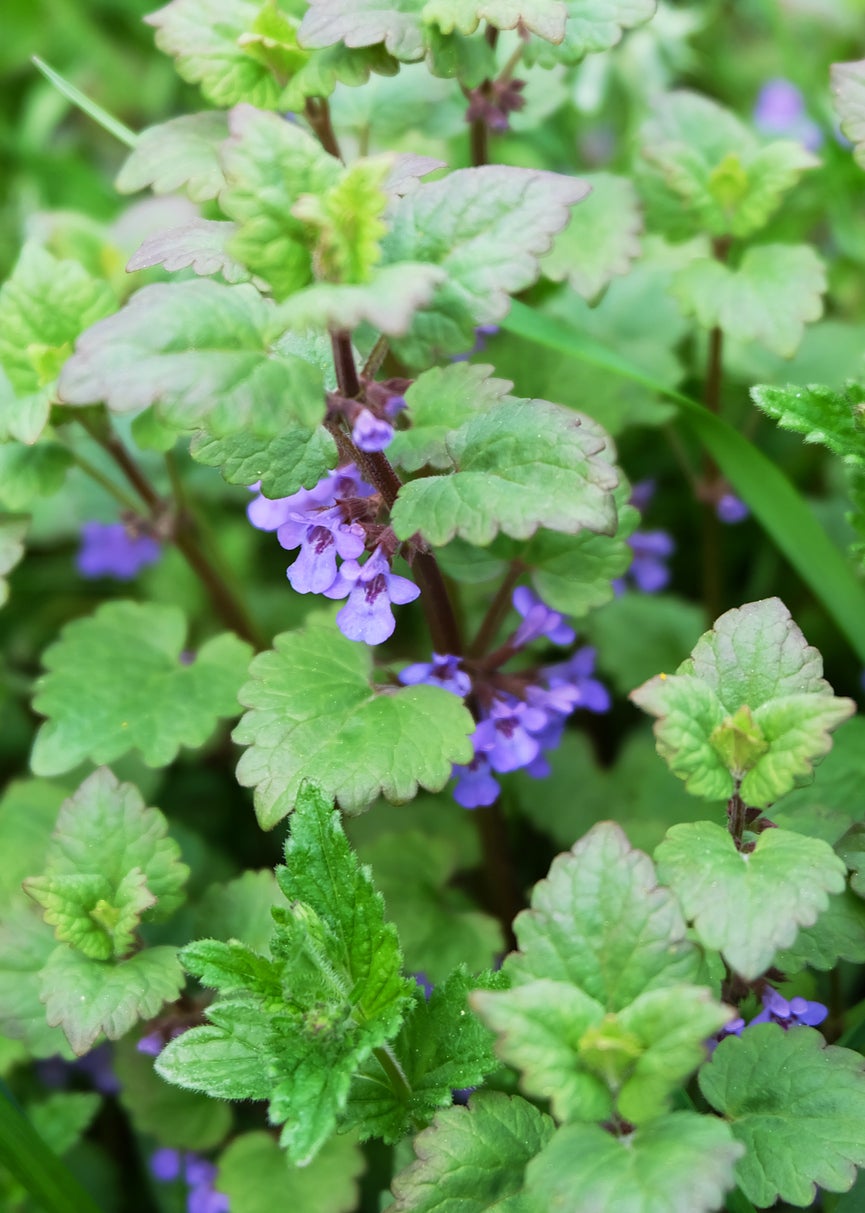
Catnip, Nepeta cataria, is a hardy, perennial herb that will drive your feline friends wild. It is a no-fuss, easy-to-grow member of the mint family that requires little maintenance. What about pruning catnip plants though? Is cutting back catnip necessary? Read on to find out about pruning catnip plants and, if need be, how to prune catnip.
Should I Prune Catnip?
Catnip will grow well in almost any soil but prefers a moderately rich loam that is well-draining. This herb prefers full sun but will tolerate partial shade. Water young plants twice a week but as they establish, reduce watering to once a week depending upon weather conditions.
Really, that’s about it with regards to caring for these herbs, with the exception of pruning catnip plants. If you’re asking, “When should I prune catnip?” or even why, then here’s your answer:
Catnip blooms and sets seeds profusely and, as such, is a rather aggressive self-sower. If you do not want catnip all over the place, it is best to prune the flowers as they begin to fade before they go to seed.
How to Prune Catnip Plants
Once the herb flowers, catnip tends to look downright scraggly. Cutting back catnip will restore the plant. Prune after the first round of blooming to encourage a second flowering prior to winter.
Then, after the first frost, you can cut the plants down 3 to 4 inches (8-10 cm.) in height, which will encourage new growth in the spring.
Staying on top of catnip pruning is a great way to keep the plant in bounds. Keep in mind, however, that catnip can also be easily grown in containers too.
Gardening tips, videos, info and more delivered right to your inbox!
Sign up for the Gardening Know How newsletter today and receive a free copy of our e-book "How to Grow Delicious Tomatoes".

Amy Grant has been gardening for 30 years and writing for 15. A professional chef and caterer, Amy's area of expertise is culinary gardening.
-
 4 Superfast Composting Methods: Turn Waste Into Garden Gold In 30 Days Or Less
4 Superfast Composting Methods: Turn Waste Into Garden Gold In 30 Days Or LessTry the fastest composting methods to turbocharge your pile and transform kitchen scraps and garden waste into finished compost in just a few weeks.
By Mary Ellen Ellis
-
 Best Spider Plant Soil – Complete Soil Guide And Expert Tips For Keeping Plants Happy
Best Spider Plant Soil – Complete Soil Guide And Expert Tips For Keeping Plants HappySpider plants are fun and easy plants to grow, but what is the best soil for a spider plant? Selecting the right soil is important so they can thrive.
By Bonnie L. Grant
-
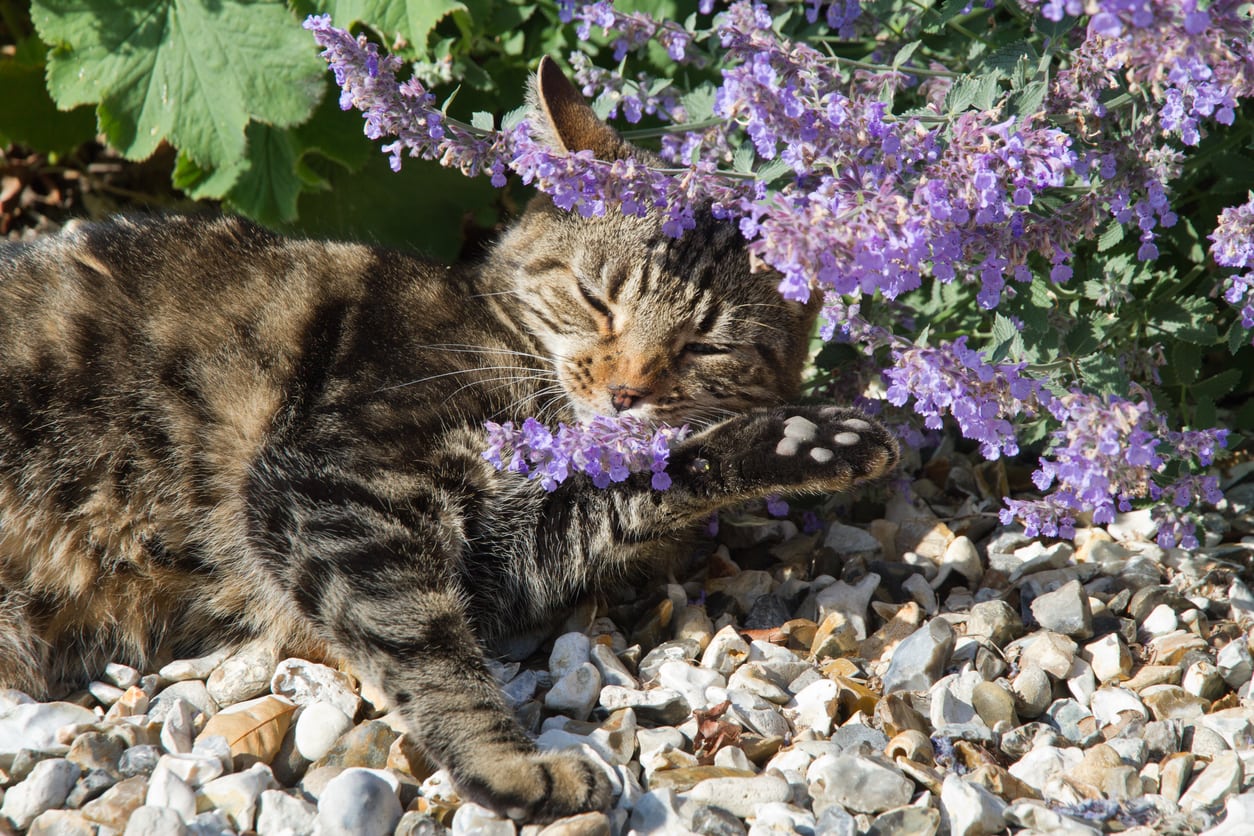 Catnip Winter Care – Is Catnip Winter Hardy
Catnip Winter Care – Is Catnip Winter HardyEven if you don’t have cats, catnip is a perennial herb that is easy to grow and attracts bees and other pollinators. You can even make a tasty and stomach-soothing tea from it. Depending on where you live, winter can be a little harsh on your catnip, so learn how to protect it here.
By Mary Ellen Ellis
-
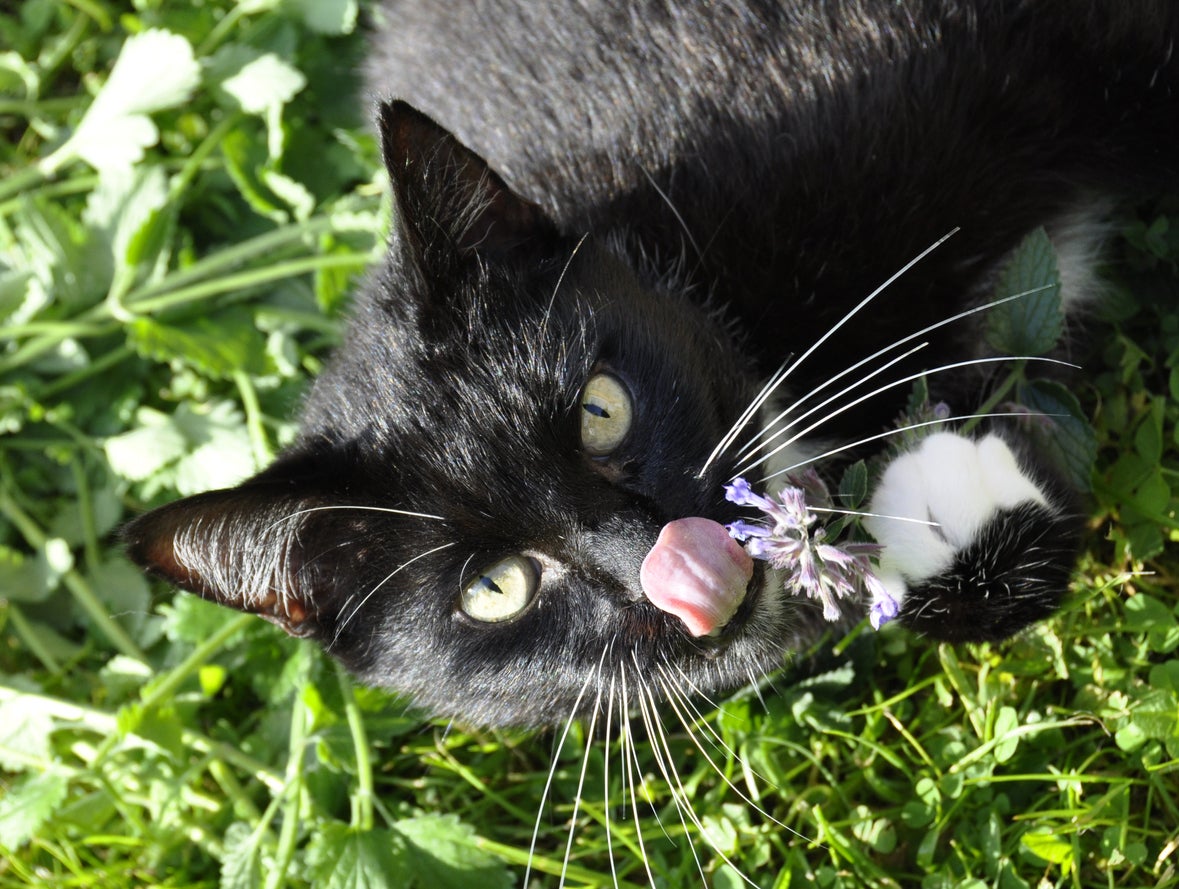 Planting Catnip For Cats: How To Grow Catnip For Cat Use
Planting Catnip For Cats: How To Grow Catnip For Cat UseIf you have cats, then you are more than likely to have given them catnip or have toys for them that contain catnip. As much as your cat appreciates this, he/she would love you even more if you provided them with fresh catnip. Learn about planting catnip for cats here.
By Amy Grant
-
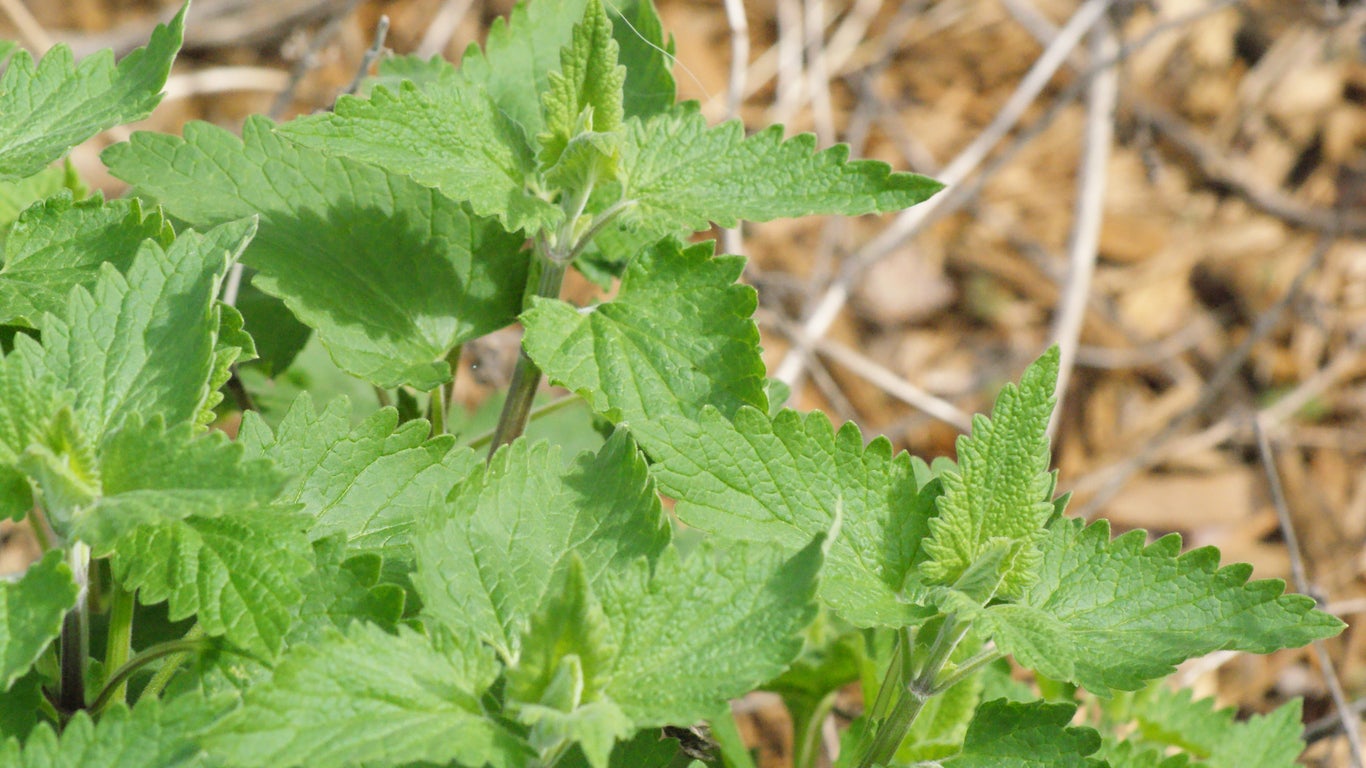 Treating Catnip Diseases – How To Manage Problems With Catnip
Treating Catnip Diseases – How To Manage Problems With CatnipThere are few issues that will seriously affect the plant's health. They take quite a lot of abuse from overly interested neighborhood felines. However, if your plant looks sick, fungal issues are probably the most common diseases of catnip. Learn more here.
By Bonnie L. Grant
-
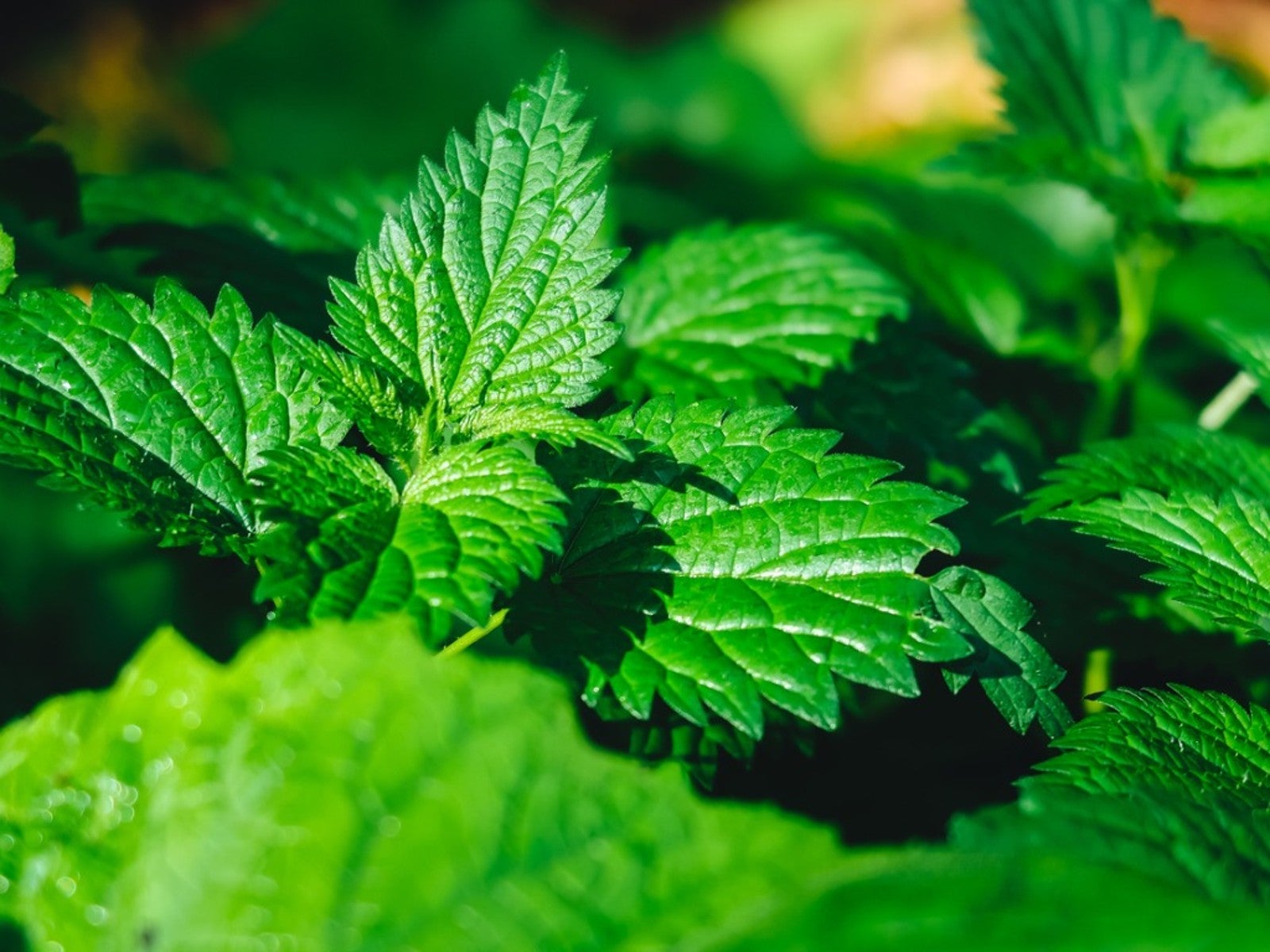 Catnip Propagation Methods – Tips For Growing New Catnip Herb Plants
Catnip Propagation Methods – Tips For Growing New Catnip Herb PlantsDoes kitty love her catnip toys? Well then, perhaps you should grow your own catnip herb plants. Don’t know how to propagate catnip? Growing new catnip plants is easy. Click on the following article to find out about catnip propagation.
By Amy Grant
-
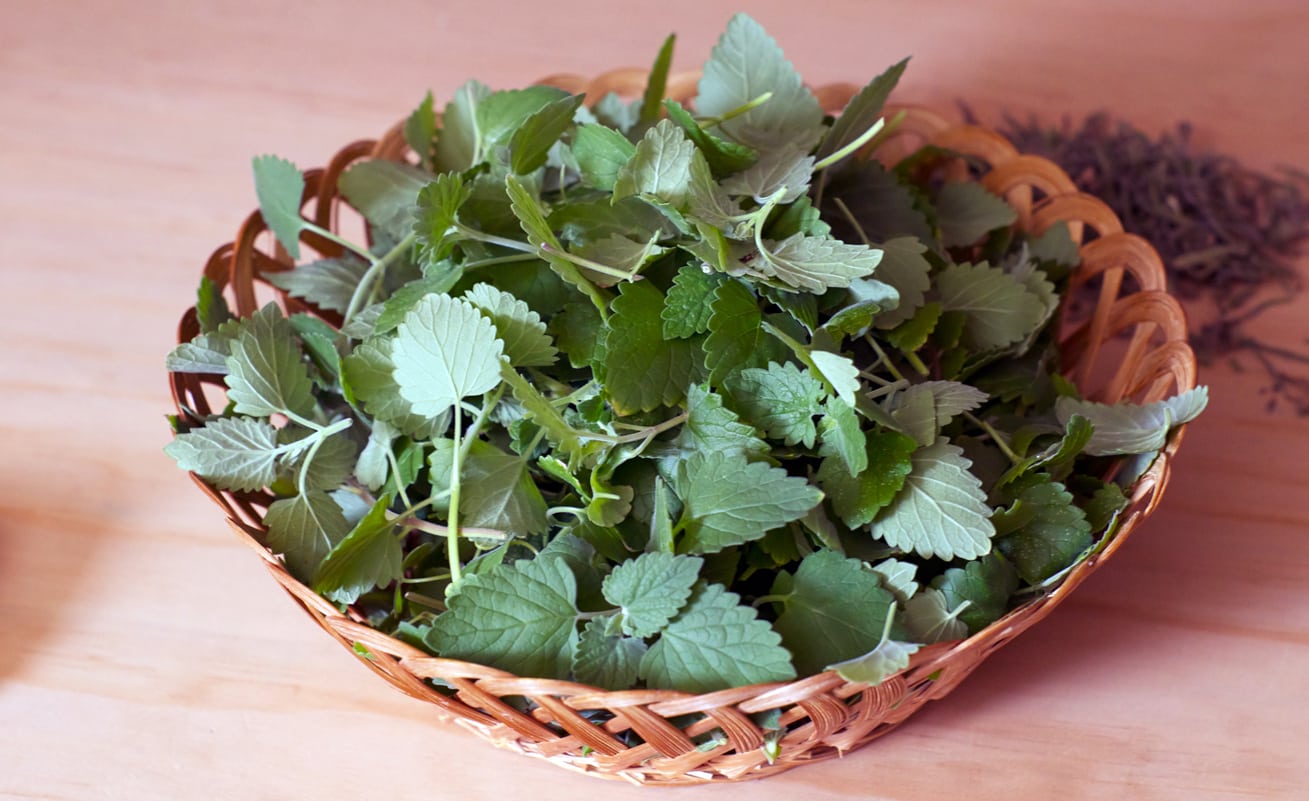 What Is Catnip For: Learn About Various Uses For Catnip
What Is Catnip For: Learn About Various Uses For CatnipThe name says it all, or almost all. Catnip is a common herb that you can cultivate in the garden but that also grows wild. Knowing how to use catnip means you can put this plentiful herb to good use for both you and your feline friends. Learn more in this article.
By Mary Ellen Ellis
-
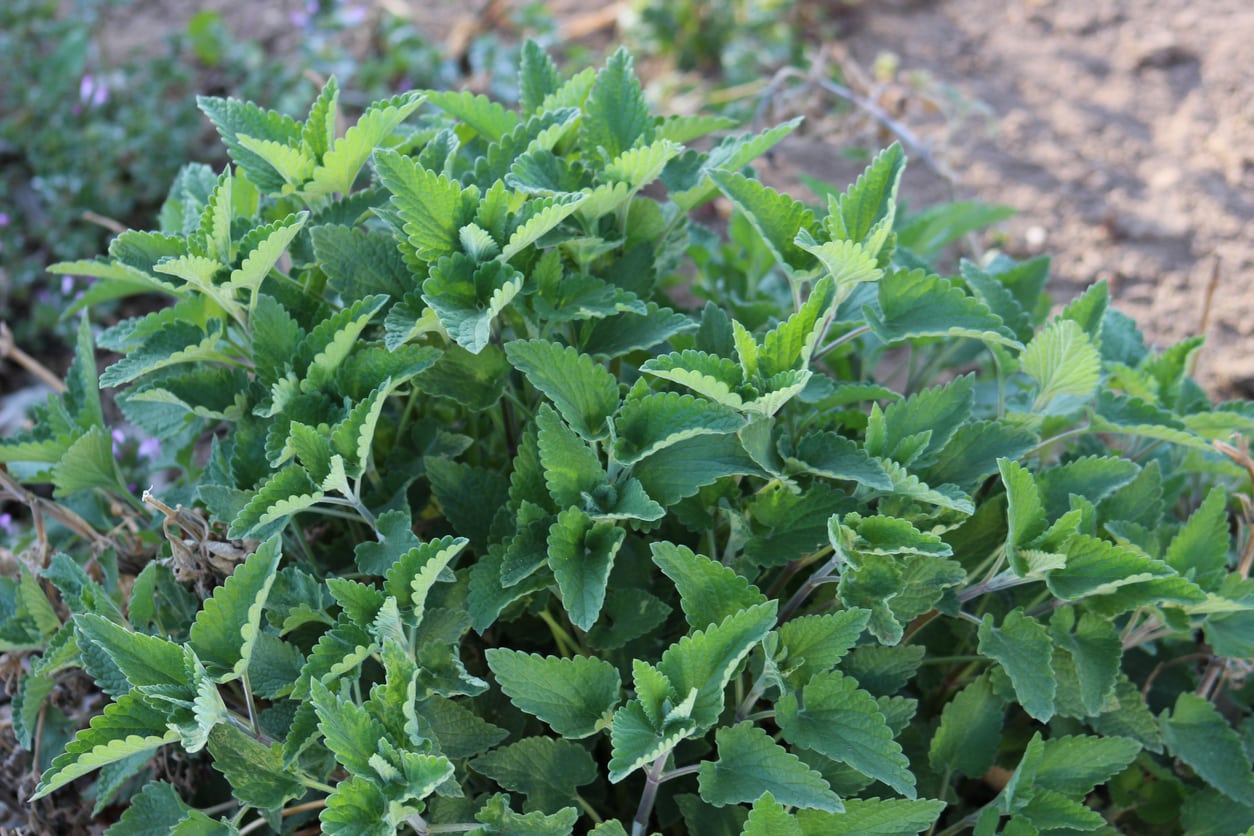 Catnip Plant Varieties: Growing Different Species Of Nepeta
Catnip Plant Varieties: Growing Different Species Of NepetaCatnip is a member of the mint family. There are several types of catnip, each easy to grow, vigorous and attractive. Learn more about the various types of catnip plants that you can add to your garden here in this article.
By Bonnie L. Grant
-
 Dogs And Catnip – Is Catnip Bad For Dogs
Dogs And Catnip – Is Catnip Bad For DogsCats and dogs are opposite in so many ways that it is no surprise that they react differently to catnip. While cats delight in the herb, rolling in it and becoming almost giddy, dogs do not. So is catnip bad for dogs? Can dogs eat catnip? Find out in this article.
By Teo Spengler
-
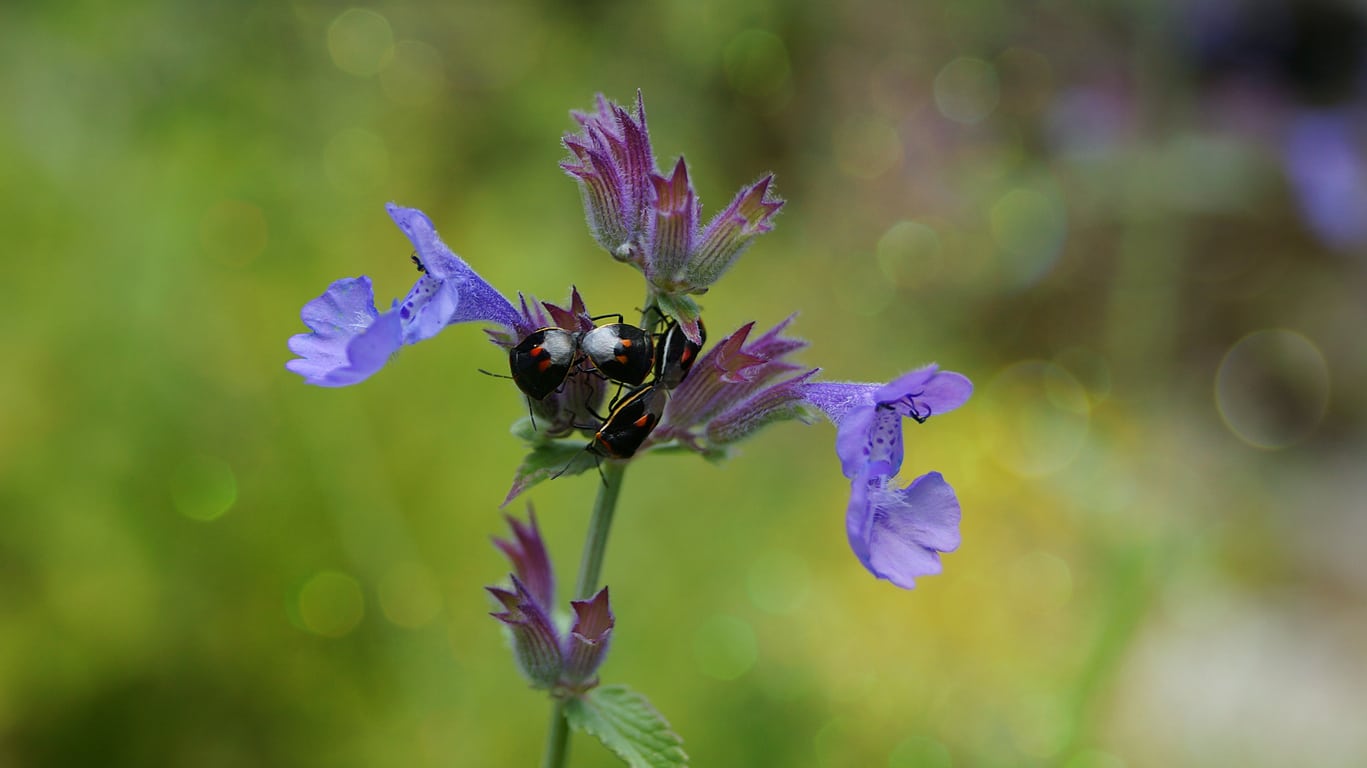 Catnip And Insects – How To Fight Catnip Pests In The Garden
Catnip And Insects – How To Fight Catnip Pests In The GardenThe plants are generally trouble-free, and when it comes to catnip, pest problems generally aren’t much of a problem. Click on this article for information on a few common catnip plant pests, along with some helpful tips on catnip as a pest repellent.
By Mary H. Dyer